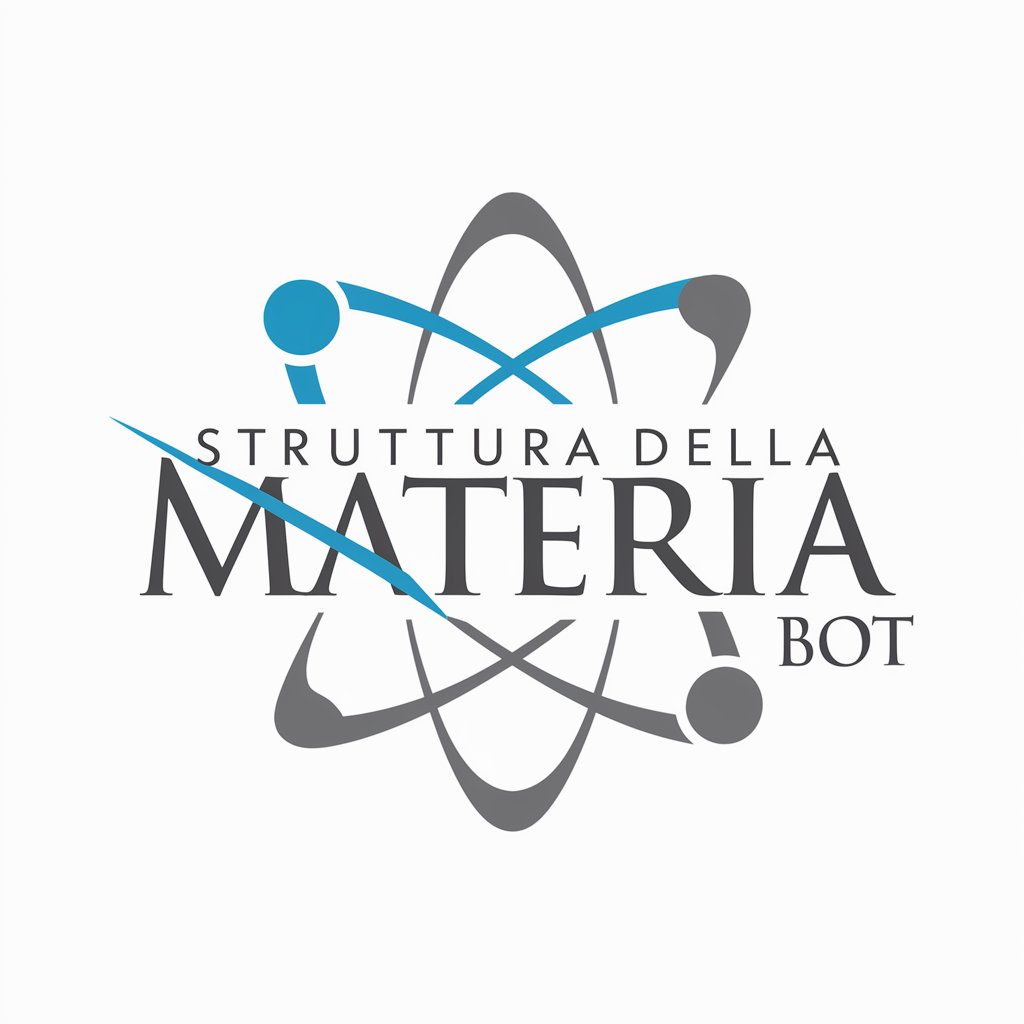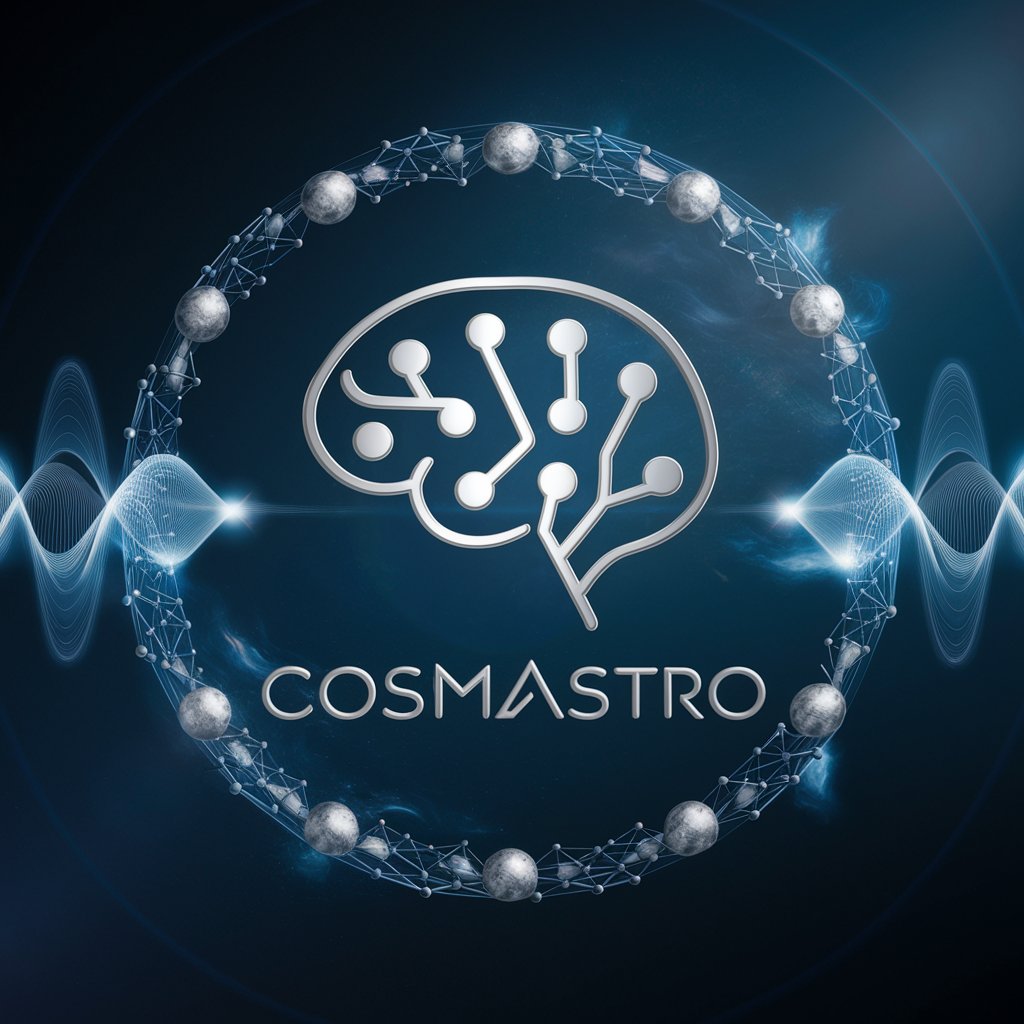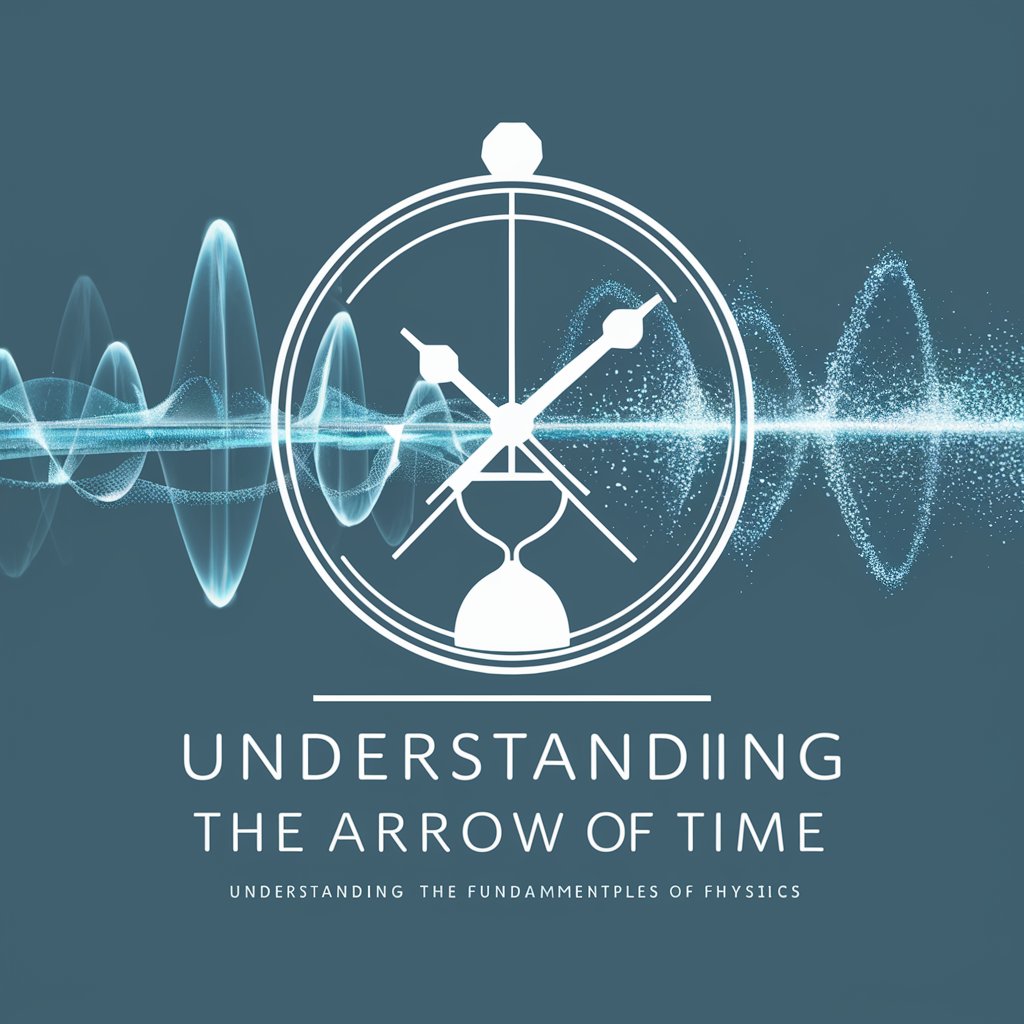6 GPTs for Quantum Physics Powered by AI for Free of 2025
AI GPTs for Quantum Physics are advanced generative pre-trained transformer models specifically designed to understand, generate, and interact with content related to quantum physics. These tools leverage the power of AI to provide tailored solutions for complex quantum physics problems, making them invaluable for research, education, and application development in this specialized field. By utilizing vast amounts of data and sophisticated algorithms, they can perform tasks ranging from solving quantum mechanics problems to explaining complex concepts in an accessible manner, showcasing their adaptability and relevance in the rapidly evolving landscape of quantum technologies.
Top 4 GPTs for Quantum Physics are: Struttura della materia,Cosmastro,Understanding the Arrow of Time,Science Guide
Struttura della materia
Exploring the complexity of matter with AI-driven insights

Cosmastro
Unlock the universe with AI-powered exploration.

Understanding the Arrow of Time
Deciphering Time's Arrow with AI

Science Guide
Unlocking the mysteries of quantum physics with AI.

Key Attributes of Quantum Physics AI Tools
These GPTs stand out for their adaptability, capable of handling a wide range of tasks from introductory explanations of quantum mechanics to the solving of advanced quantum computation problems. Special features include their ability to learn and use the specific language of quantum physics, technical support for both theoretical and applied quantum physics, and capabilities for web searching, image creation related to quantum concepts, and complex data analysis. Their design caters to the need for precision and specialized knowledge inherent in quantum physics studies and applications.
Who Benefits from Quantum Physics AI?
AI GPTs for Quantum Physics are designed for a diverse audience, including students new to the subject, researchers developing new quantum technologies, and professionals applying quantum concepts in various industries. These tools are accessible to individuals without programming skills, offering intuitive interfaces and guided processes, while also providing robust customization options for users with technical expertise, allowing for the development of specialized applications and integrations.
Try Our other AI GPTs tools for Free
Health Diagnosis
Explore AI GPTs for Health Diagnosis: Transforming healthcare with AI-powered diagnostics. Enhance accuracy, efficiency, and accessibility in patient care.
Operational Training
Discover how AI GPTs transform Operational Training with adaptive learning, real-time feedback, and tailored solutions to drive efficiency and skill development.
Bid Analysis
Revolutionize your bid analysis process with AI GPTs. Streamline decision-making, reduce errors, and gain predictive insights with our advanced, user-friendly tools designed for professionals across industries.
Cartel Detection
Explore AI GPT tools for Cartel Detection: advanced AI solutions for uncovering cartel activities through data analysis, designed for both novices and professionals.
Budget-Friendly Meals
Discover how AI GPTs can transform your meal planning with budget-friendly, customized solutions. Explore tools that adapt to dietary needs and preferences while optimizing your food budget.
Cooking Humor
Dive into the world of Cooking Humor with AI GPTs, where culinary wit meets cutting-edge technology. Discover how these tools can spice up your cooking content with a dash of humor.
Enhancing Quantum Physics with AI
AI GPTs offer customizable solutions across various sectors, including education, research, and industry, bringing a user-friendly approach to complex quantum physics problems. Their integration capabilities allow for seamless incorporation into existing workflows, enhancing efficiency and innovation in quantum physics applications.
Frequently Asked Questions
What exactly are AI GPTs for Quantum Physics?
They are specialized AI models designed to process and generate information on quantum physics, providing tailored solutions for education, research, and application development in the field.
How do these tools adapt from simple to complex quantum tasks?
Through the use of sophisticated algorithms and large datasets, they can adjust their operations based on the complexity of the task, from basic concept explanation to advanced problem-solving.
Can non-programmers use these AI tools effectively?
Yes, these tools are designed with user-friendly interfaces that require no coding knowledge, making them accessible to a wide audience.
What customization options are available for developers?
Developers can access APIs and programming interfaces to create custom solutions, integrate with existing systems, and develop specialized applications within the quantum physics domain.
How do these GPTs contribute to quantum physics research?
They can analyze vast amounts of data, simulate quantum systems, and provide insights that accelerate research and development in quantum physics.
Can these tools create images related to quantum physics?
Yes, they can generate visualizations of quantum concepts and simulations, aiding in the understanding and presentation of complex ideas.
Are there any limitations to what these AI models can do in quantum physics?
While highly capable, their effectiveness is contingent on the quality and scope of the data they've been trained on, and they may not fully replace the nuanced understanding of experienced physicists.
How do these tools stay updated with the latest in quantum physics?
They are continually trained on new data and research findings to ensure their capabilities evolve in line with current scientific understanding and technological advancements.